 Technology
Technology  Technology
Technology  Humans
Humans 10 Everyday Human Behaviors That Are Actually Survival Instincts
 Animals
Animals 10 Animals That Humiliated and Harmed Historical Leaders
 History
History 10 Most Influential Protests in Modern History
 Creepy
Creepy 10 More Representations of Death from Myth, Legend, and Folktale
 Technology
Technology 10 Scientific Breakthroughs of 2025 That’ll Change Everything
 Our World
Our World 10 Ways Icelandic Culture Makes Other Countries Look Boring
 Misconceptions
Misconceptions 10 Common Misconceptions About the Victorian Era
 Mysteries
Mysteries 10 Strange Unexplained Mysteries of 2025
 Miscellaneous
Miscellaneous 10 of History’s Most Bell-Ringing Finishing Moves
 Technology
Technology Top 10 Everyday Tech Buzzwords That Hide a Darker Past
 Humans
Humans 10 Everyday Human Behaviors That Are Actually Survival Instincts
 Animals
Animals 10 Animals That Humiliated and Harmed Historical Leaders
Who's Behind Listverse?

Jamie Frater
Head Editor
Jamie founded Listverse due to an insatiable desire to share fascinating, obscure, and bizarre facts. He has been a guest speaker on numerous national radio and television stations and is a five time published author.
More About Us History
History 10 Most Influential Protests in Modern History
 Creepy
Creepy 10 More Representations of Death from Myth, Legend, and Folktale
 Technology
Technology 10 Scientific Breakthroughs of 2025 That’ll Change Everything
 Our World
Our World 10 Ways Icelandic Culture Makes Other Countries Look Boring
 Misconceptions
Misconceptions 10 Common Misconceptions About the Victorian Era
 Mysteries
Mysteries 10 Strange Unexplained Mysteries of 2025
 Miscellaneous
Miscellaneous 10 of History’s Most Bell-Ringing Finishing Moves
10 Fascinating Facts About Canada
Like many of the world’s nations, Canada is often the subject of gross stereotypes. One of the most sparsely populated places on the globe, Canada is often seen as a frozen wasteland of moose, Mounties, and maple syrup. But beyond the funny accent, there are few better places on earth to live, as Canadians consistently rate in the highest categories for quality of life.
10Rat-Free Alberta
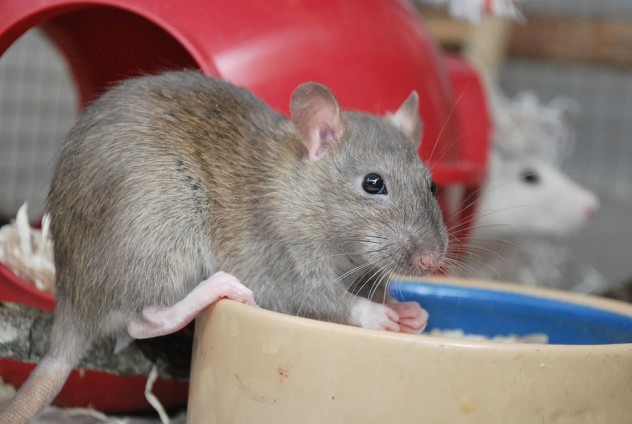
Rats are a dreaded vermin the world over, spoiling billions of dollars worth of food supplies, spreading a laundry list of disease, and even causing housefires from chewed wires. These creatures have infested the globe, and dwell over nearly every inch of North America. Except the Canadian province of Alberta. When rats threatened the eastern border of the province (shared with infested Saskatchewan), a perimeter was set up and staunchly defended.
Alberta even has dedicated “border guards” who are responsible for protecting the border, carefully distributing poison, destroying derelict properties, and sometimes even digging rat burrows out with backhoes. Those rats which might be lucky enough to make it past this boundary are forced to contend with a rugged, often bitterly cold backcountry, and a sparse population density. Without warm human dwellings in which to take refuge, the rats freeze to death or succumb to predators. Thus far, Alberta remains free of rats; even the white laboratory variety typically found in pet stores can only be kept by zoos.
9The Polar Bear Capital of the World
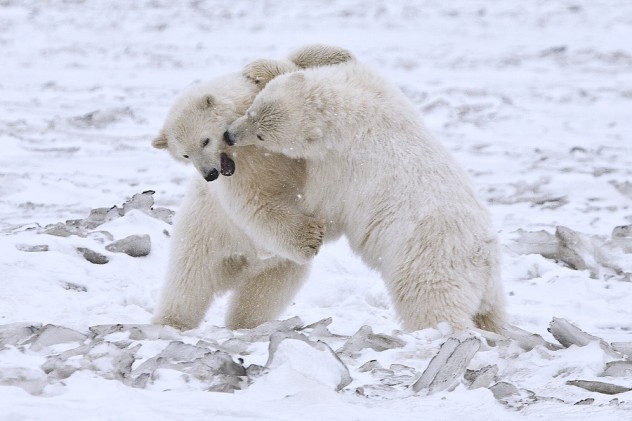
Churchill, Manitoba is a tiny village of less than a thousand people on the shores of the Hudson Bay. Its bitter cold affords it a curious and sometimes dangerous resident—the polar bear. The bears gather near the town in autumn, waiting for the bay to freeze over. In the winter, they head out onto the ice, where they hunt their favorite prey, the ringed seal. There is a bear for every person in the town and, while they bring in a collection of tourists, life with giant carnivores loping down Main Street can be a little tricky.
There are officers you can call specifically to deal with bothersome bears. Residences often come equipped with “Churchill welcome mats”, which are sections of plywood with nails sticking out. Bears intrepid enough to attempt breaking in will come away with bloody paws for their effort. The problem is so serious that most people leave their homes and cars unlocked to provide refuge in case someone is being chased.
8Missing Gravity
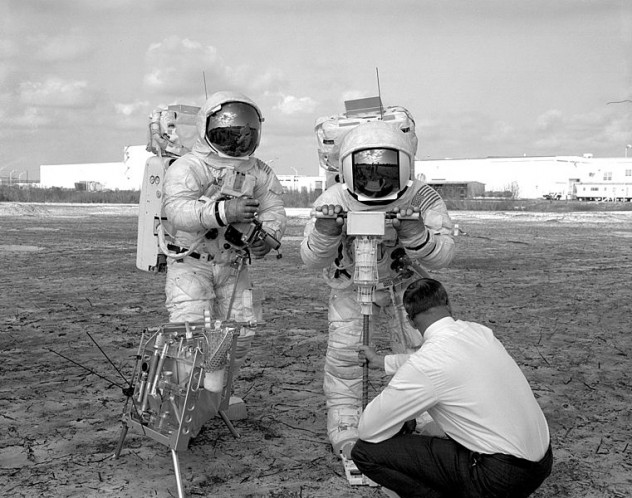
In the 1960s, when Earth’s global gravity fields were being charted, scientists discovered an intriguing anomaly in Canada’s Husdon Bay region. The difference is minuscule and undetectable by humans. There is about a tenth of an ounce less of pressure on a 68-kilogram (150-lb) person. Research has continued for decades concerning this mystery, and in recent years, a pair of theories have been combined to provide a compelling answer.
The first theory is that the molten rock in Earth’s mantle (which is subject to currents similar to ocean currents) has shifted away from the area. The second theory is that, during the last ice age, the Hudson Bay region was covered by a glacial shelf some 3.7 kilometers (2.3 mi) thick, which compressed the Earth and reduced its mass. The land is slowly rebounding—about a centimeter a year, and in another 5,000 years or so, everything should be back to normal.
7Prostitution

When people think of the world’s “prostitution hotspots”, cities like Amsterdam and Las Vegas immediately come to mind, but few would consider Canada, where prostitution is not, and never has been, illegal. But not so fast—while the transfer of money for sexual services is legal, many of the trappings of the profession are not. For instance, it is a crime to maintain, be employed by, or even enter a brothel. It is a crime to be a pimp. Perhaps most incomprehensible of all, it is a crime to communicate publicly regarding prostitution. Rules can differ wildly between provinces, and bills are constantly brought before the nation’s courts, with vocal supporters and detractors on either side.
6Oil
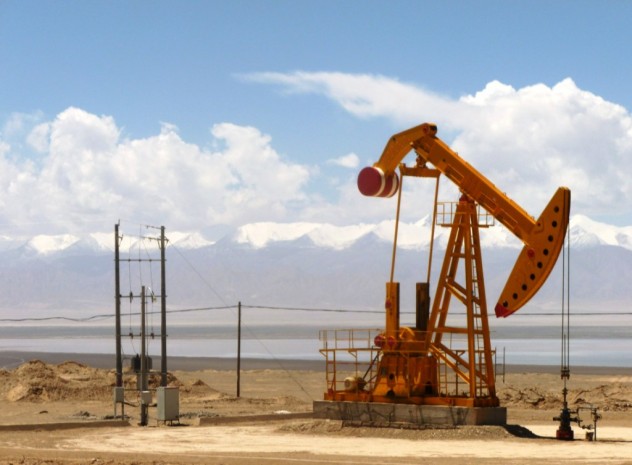
Canada boasts vast natural resources; above all, they are the United States’ single largest supplier of oil, contributing more than all the nations of the Persian Gulf put together. Nearly a million barrels a day are exported south into the US. Much of this supply comes from the oil sands of central Alberta, a huge repository which may contain the equivalent of two trillion barrels. Separating the crude oil from the sand is an extremely labor-intensive process, requiring huge amounts of natural gas. The destruction of wide swaths of forest is an inevitable consequence of the mining, and large-scale deaths of birds and fish result from poisoned water.
5Going over Niagara Falls
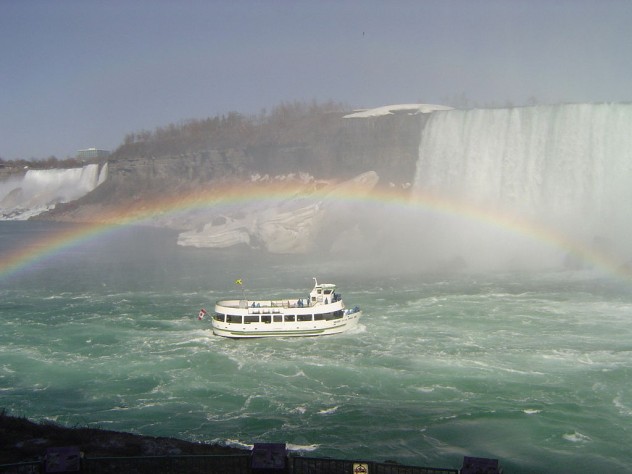
Niagara Falls is composed of three separate waterfalls, of which only the largest (Horseshoe Falls) is located in Canada. The Falls are a breathtaking natural attraction, bringing in throngs of tourists. Most are content to snap a few pictures, or maybe take a ride on the Maid of the Mist, but a few arrive with more potent sentiment in tow—that of adventure or tragedy.
Ever since Michigan schoolteacher Annie Taylor survived a plunge over the Falls in a barrel in 1901, daredevils have flocked to Niagara. Protected by all kinds of homemade devices (including inner tubes, rubber balls, and steel capsules), the majority have survived, although there have been a handful of ill-fated attempts. In 1920, an Englishman named Charles Stephens went over in a barrel. When the barrel was recovered, only his right arm was still inside. In 1995, a man named Robert Overcracker rode over the falls in a Jet Ski. The parachute he was wearing failed to deploy, and he plummeted to his death.
Unfortunately, the danger of the Falls has also led to be considered a hot spot for suicides. Although precise numbers aren’t known (many bodies go unrecovered), it is believed several thousand have killed themselves in this fashion. There are usually a couple attempts every week. Strangely enough, at least four people have survived going over with just the clothes on their backs—three were suicide attempts who were severely injured, and one was a drunken stuntman named Kirk Jones. Jones received only minor bruises. He was fined $2,300 and banned from ever entering Canada again. Worse still, Kirk’s cameraman was too drunk to operate the camcorder, and his brush with greatness went unrecorded.
4Education

Despite spending a fraction of the United State’s budget on education, Canada is the one of the most scholarly nations in the world. More Canadians attend college than in any other country in the world—over half of all adults, compared with around 42 percent of Americans (which came in at fourth place—Israel and Japan ranked second and third, respectively). The major difference is expense: American students are often required to take out prohibitive loans to attend college, whereas Canadian universities are almost entirely public. The small handful of private schools there are mostly religious institutions.
3McLobster
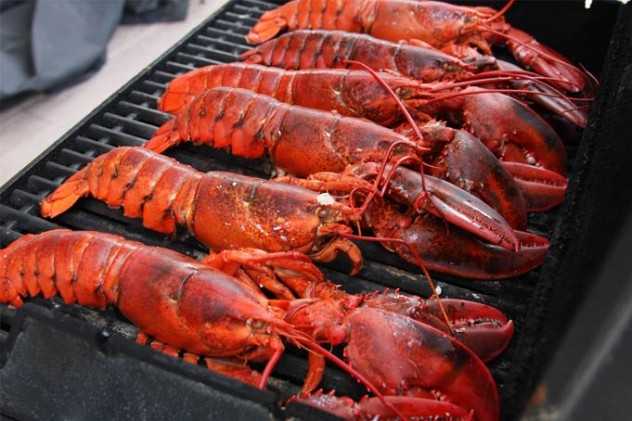
Easily the most infamous sandwich in the McDonald’s repertoire is the McRib, a molded hunk of pork by-product and a lot of bizarre preservatives. But along the eastern coast of Canada (and in a few select New England locations), an even more exotic sandwich makes the seasonal rounds: the McLobster. Available only in the summer when lobster is plentiful, the McLobster actually sounds quite appealing. Served on a soft roll, it is made with lobster, diced celery and a light salad dressing. Probably due to the prohibitive costs, there are no imminent plans to expand the sandwich’s territory.
2Royal Canadian Mint

The Royal Canadian Mint is responsible for the production of all of Canada’s coinage (as well as some for other countries, like New Zealand and Papua New Guinea). Aside from the typical circulation coins, the Mint is known to produce a vast array of collector coins, not limited to glow-in-the-dark dinosaur versions. While all these novelty coins are technically legal tender, it is up to the individual bank or business whether they want to accept them or not. In 2007, they unveiled their most impressive model yet, a 100-kilogram (220-lb) gold bullion coin about the circumference of a large pizza. It boasts a face value of one million dollars, but at more than 99 percent pure gold, it is actually worth well over three million dollars at current trading rates.
1Quebec Independence
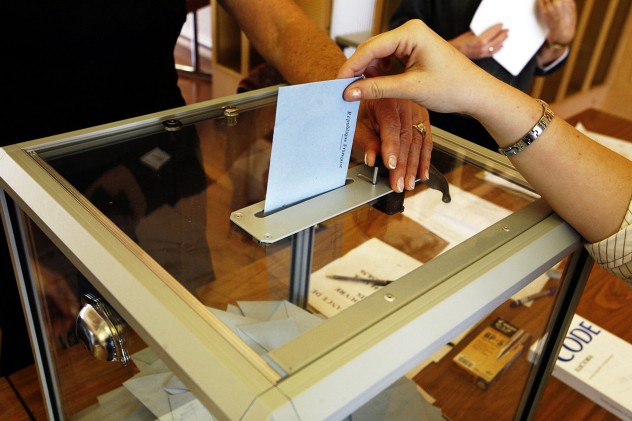
Today, the idea of Quebec seceding from Canada is seen by many as a pipe dream, along the lines of Puerto Rico becoming the 51st US state. But in 1995, a referendum posed to Quebecois voters on whether they wanted to separate from Canada was defeated by just 1 percent, with 50.58 percent voting “No” and 49.42 percent voting “Yes”. The result was met with a great deal of controversy, especially regarding the wording of the question, found by many to be unnecessarily complicated. Translated to English, the ballot asked, “Do you agree that Québec should become sovereign after having made a formal offer to Canada for a new economic and political partnership within the scope of the bill respecting the future of Québec and of the agreement signed on June 12, 1995?”
Quebec began as a royal province of France, but was lost to the British in the French and Indian War, signed over in the Treaty of Paris in 1763. A quarter of a century later, tensions remain strong. The secessionist movement reached a brutal head in 1963, when the paramilitary group Front de libération du Québec (FLQ) began a campaign of terror, bombing and attacking English businesses and institutions. In 1970, the group kidnapped James Cross, the British Trade Commissioner to Canada and Pierre Laporte, a provincial minister and Vice-Premier. Cross was eventually released in a prisoner trade, but Laporte was strangled to death with his own rosary beads. His corpse was later found in the trunk of an FLQ member’s car. The murder forced Canadian Prime Minister Pierre Trudeau to invoke the War Measures Act, a sort of martial law, to crush the revolt. Hundreds of arrests were made, and the FLQ was effectively destroyed.
Mike Devlin is an aspiring novelist.








